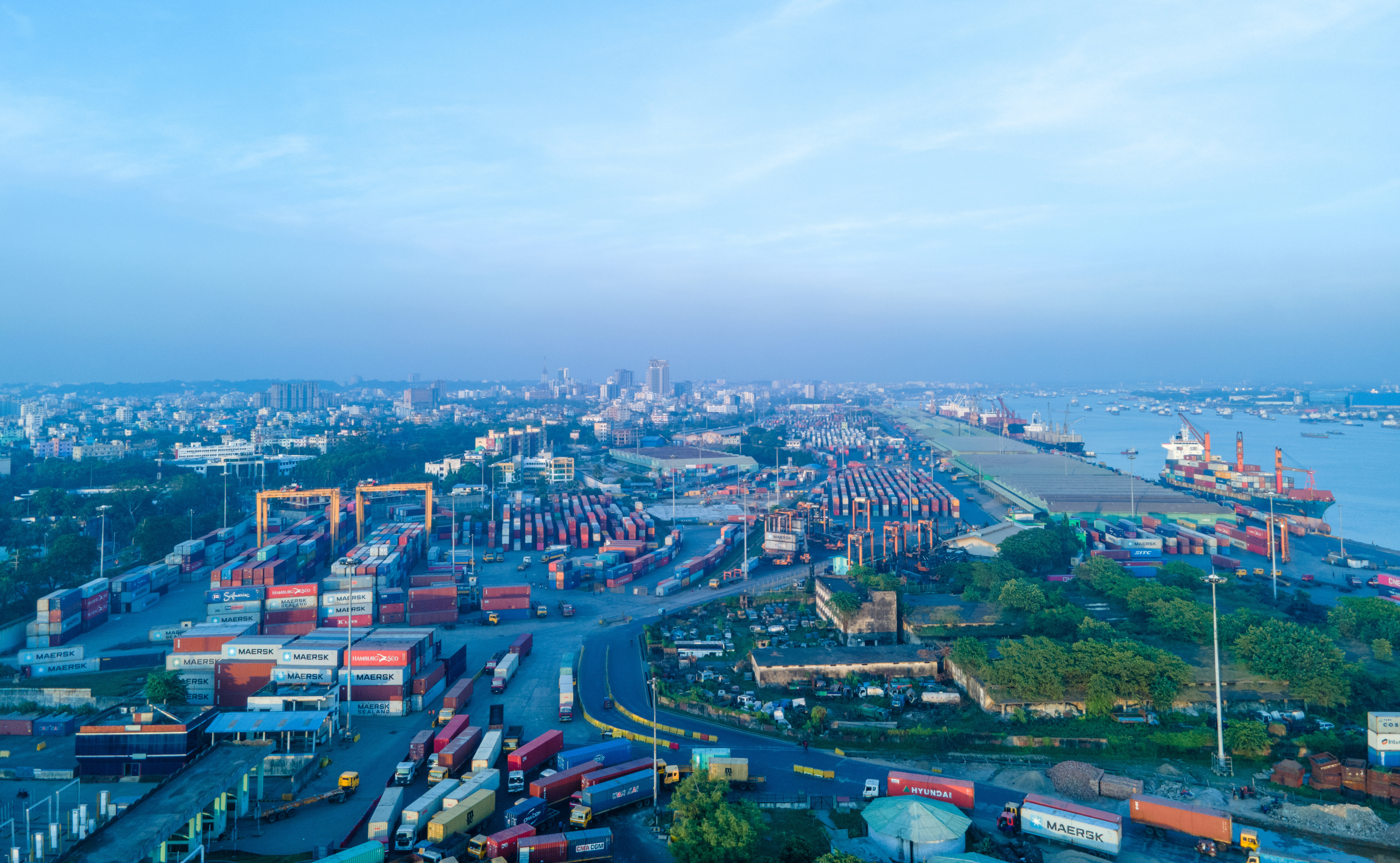
International trade and development are undergoing a profound transformation. Overseas development aid declined by 7.1% in 2024 compared to 2023. Rising trade barriers and fragmentation are accelerating the deeper trend toward “slowbalization,” which could reduce global economic output by 7%. Against this backdrop, which disproportionately affects emerging economies, several least-developed countries (LDCs) across Asia and the Pacific are set to graduate from this status. While this reflects robust economic development and sustained poverty reduction, it brings new challenges in the form of reduced access to preferential trade arrangements.
Across the world, 44 economies are currently categorized as LDCs on the basis of low income, weak human resources, and high economic vulnerability. LDCs are entitled to multiple forms of international assistance.
EU Trade Preferences
The European Union (EU) accounts for 47% of all “Aid for Trade,” earmarking resources to remove trade-related obstacles and help countries engage in global value chains. It offers three main preferential trade arrangements for developing countries. The Everything But Arms (EBA) Initiative grants every LDC unrestricted access to the EU market for all goods except arms. The Generalized Scheme of Preferences Plus (GSP+) suspends duties for a range of products, conditional on the adoption of 27 international human rights, labor, and environmental conventions. Finally, the standard GSP is available to low and lower-middle-income countries that do not qualify as LDCs. This provides more modest tariff reductions for a smaller range of products. While the EBA yields cumulative tariff savings of $3.7 billion, those from the GSP amount to only $1.1 billion.
These schemes provide significant material benefits to participating countries. EU imports from GSP and EBA beneficiaries rose by 25% and 47% respectively between 2014 and 2019, compared to an overall average of 16%. Following their graduation, Bangladesh, the Lao PDR, and Nepal will automatically shift from the EBA Initiative to the standard GSP unless they qualify for the GSP+, which would require substantial policy reforms and the adoption of social and sustainability standards.
Bangladesh: Ensuring Economic Continuity with Active Preparation
Bangladesh is the largest commercial beneficiary of the EBA, with over 95% of its exports to the EU covered by the scheme. The EU receives approximately 45% of Bangladesh’s total exports, and EBA access has created some 5 million jobs. Textiles account for over 80% of export earnings and contribute 11% to the country’s gross domestic product, and almost two-thirds are shipped to the EU. Losing EBA benefits would mean facing tariffs of up to 9.3% under the standard GSP. Aware of these risks, the country has engaged in dialogue with the EU to secure a smooth transition and implemented labor reforms, a key requirement for GSP+ eligibility. Bangladesh’s involvement in the GSP+ would grant quota-free and tariff-free treatment to clothing exports, as under the EBA. While challenges remain, Bangladesh’s proactive stance suggests that the economic benefits of the EBA Initiative encouraged the country to move toward the GSP+.
Lao PDR: Gradually Expanding the Export Portfolio
The Lao PDR’s involvement in the EBA presents an opportunity to expand its export portfolio and improve economic resilience. While the EU accounts for only 3% of total trade, bilateral economic relations enable the Lao PDR to boost labor-intensive sectors, such as agriculture, which accounts for 70% of the workforce, and move up the value chain into manufacturing. Currently, almost 65% of the Lao PDR’s exports are directed to two partners, the People’s Republic of China and Thailand, and concentrated in minerals and electricity, respectively. Losing access to EBA benefits will impose a cost of $122 million under the GSP and $29 million under the GSP+. As LDC graduation approaches, the Lao PDR has expressed its intention to apply for the GSP+ and has adopted a Smooth Transition Strategy.
Nepal: Diversifying Trade Partners
Nepal relies heavily on India for more than two-thirds of its exports, underscoring the importance of diversifying trade relations. The EU is Nepal’s third-largest trading partner, and exports have almost doubled since 2020. The termination of EBA benefits would cost Nepal’s economy $59 million under the GSP and $40 million with the GSP+. As a result, the country has taken action to prepare an effective transition strategy, including the creation of an LDC Steering Committee, a Consultative Mechanism to facilitate cooperation with development partners, and a focal unit within the National Planning Commission to engage with the UN Committee for Development Policy. The country’s adoption of international conventions, breadth of dialogue mechanisms and domestic strategies, and relatively high ranking on the Freedom House Index make the country a promising candidate for the scheme.
Pursuing Sustainable Development and Good Governance is Critical
These three cases illustrate the diversity of trade strategies and the potential of the EU incentive-based trade scheme to promote institutional reform and support development. For LDCs approaching graduation, preparation is essential. Countries that proactively address governance challenges, adopt international labor and environmental conventions, and negotiate future trade arrangements are more likely to sustain economic development and integration.









No comments yet.